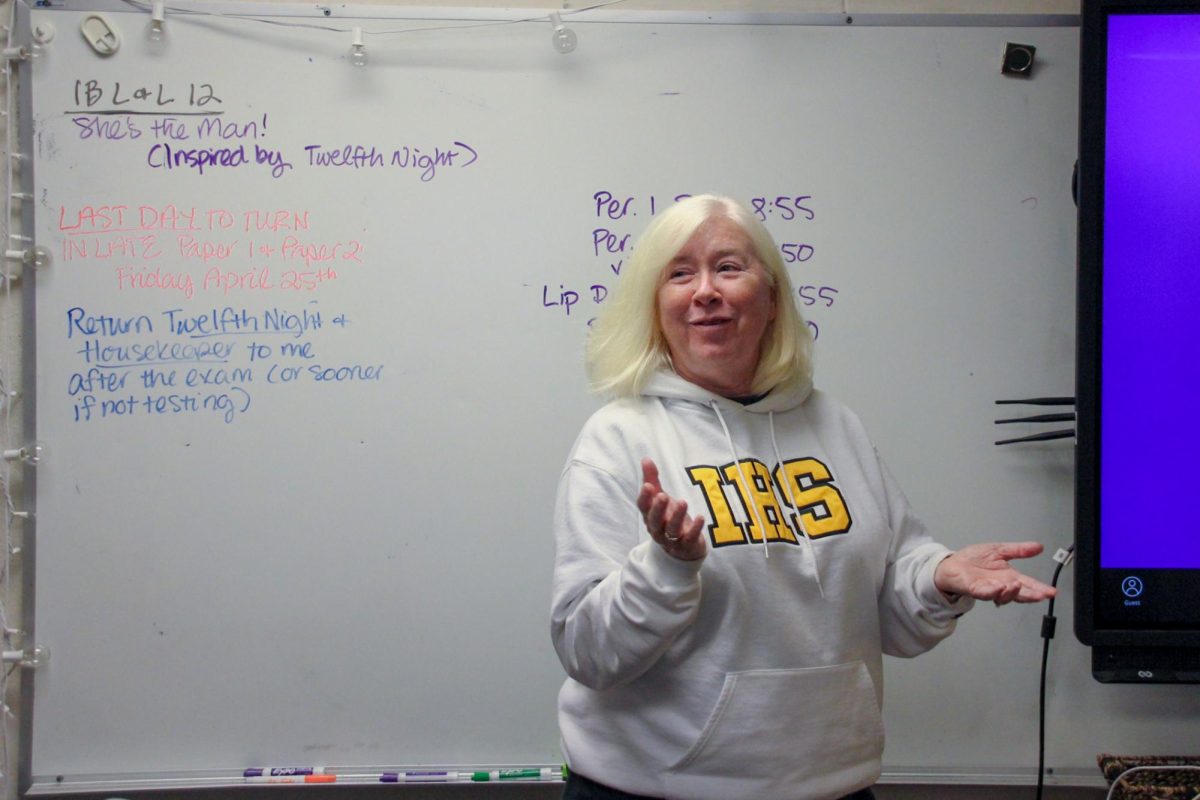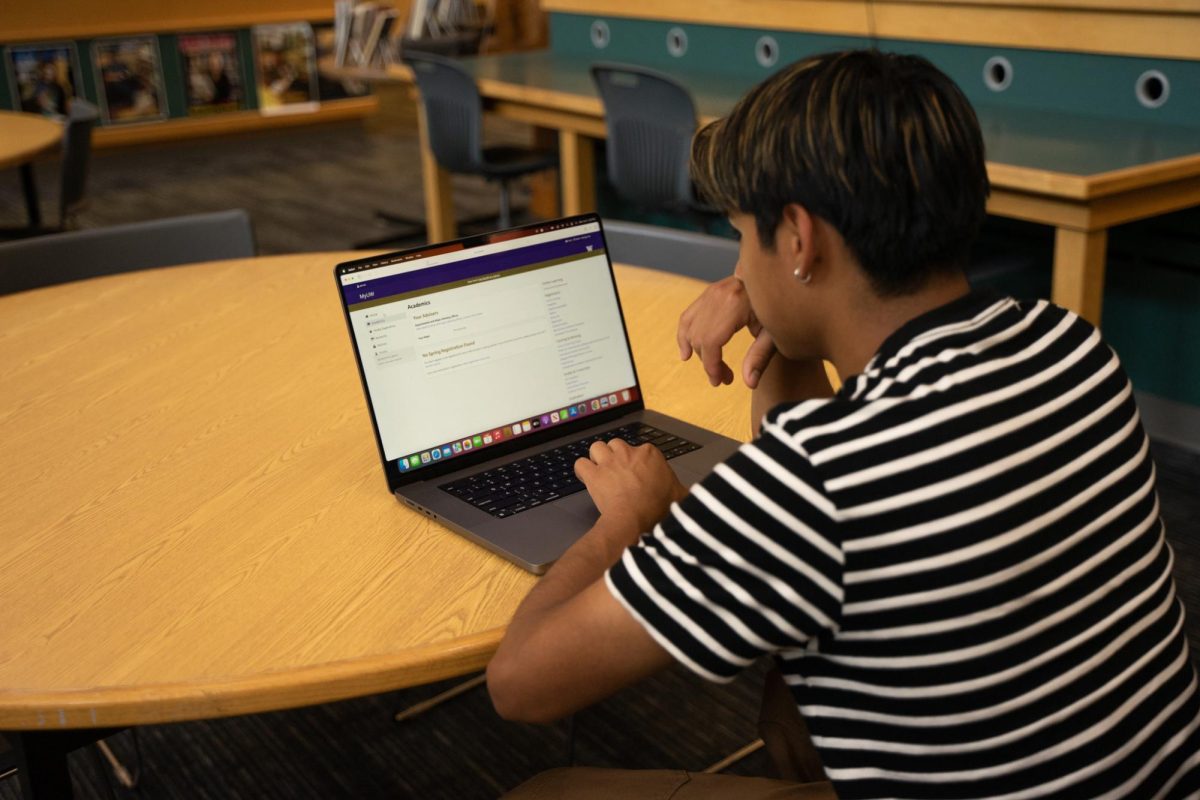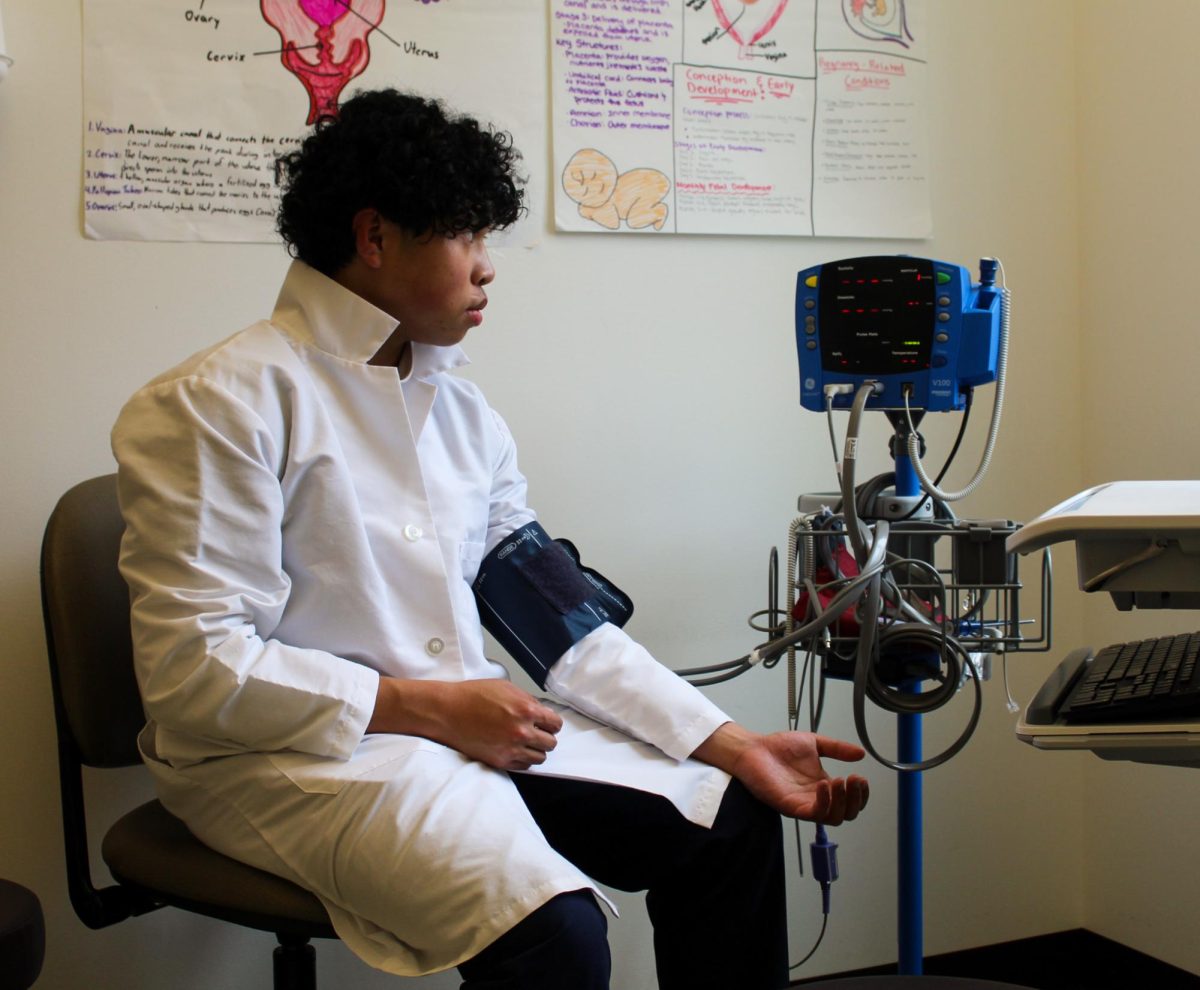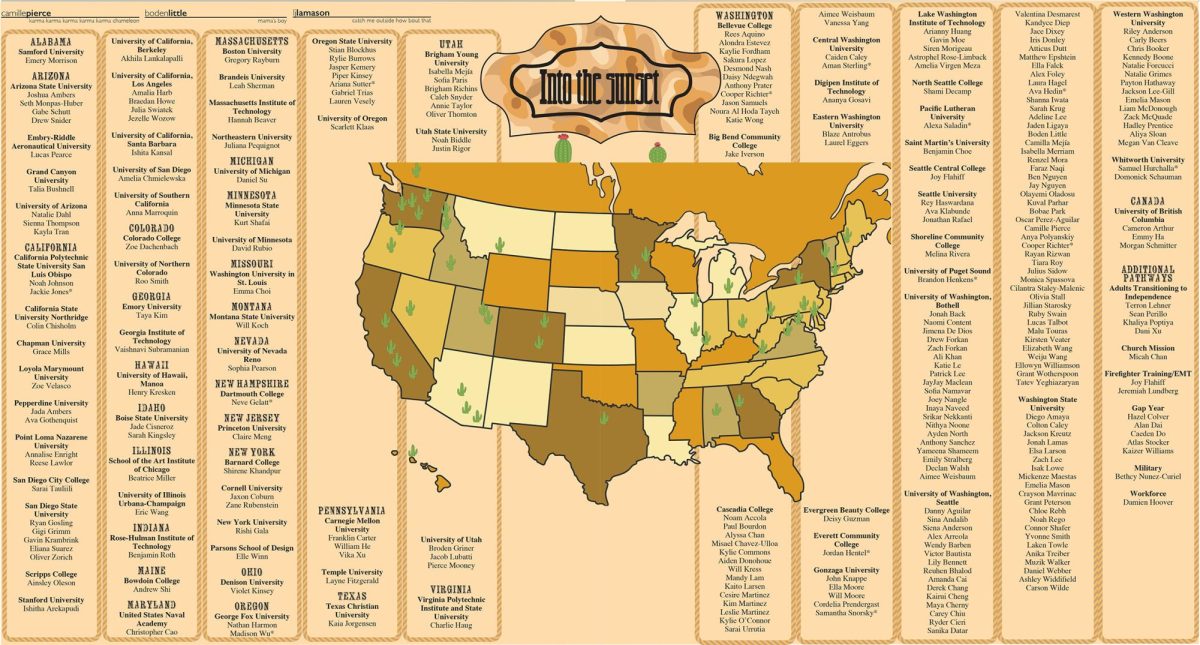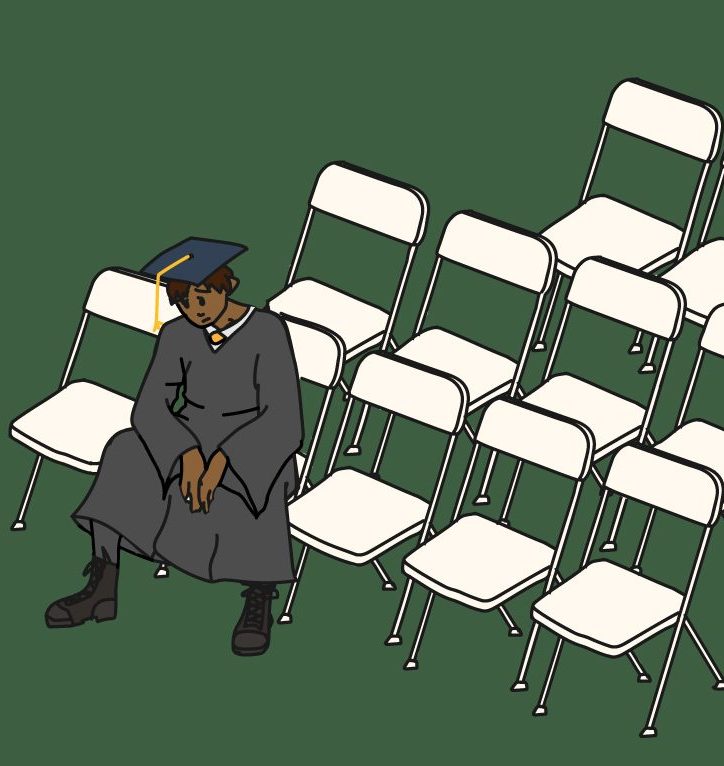
About the Contributors
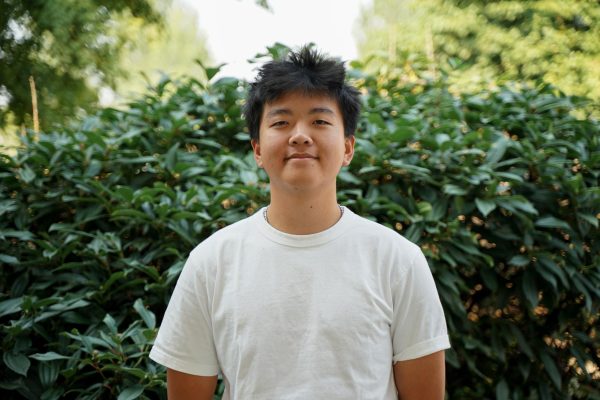
William He (he/him), Web Editor-in-Chief
After four long and arduous years, senior William He embarks on his last cycle of Nordic News as Web Editor-in-Chief for the 2024-2025 school year. As always, Will aims to continue Nordic’s mission of serving the Inglemoor community by expanding the newspaper’s physical and digital presence by creating relevant, informative, and entertaining content. Make sure to check out last year’s installations of the Nordic News Podcast and be on the lookout for more to come!
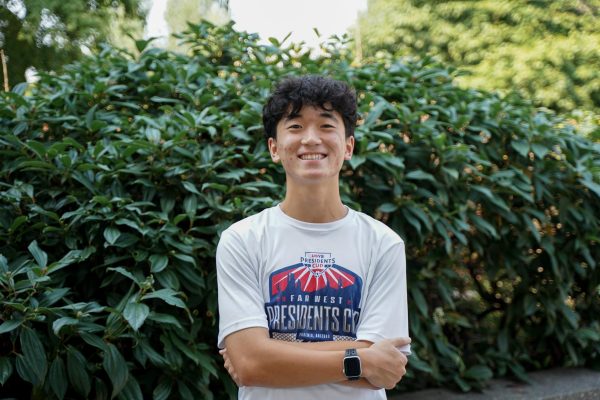
Daniel Su (he/him), Junior Web Editor
Senior Daniel Su is super hyped for his third year on Nordic as Junior Web-Editor. This year, he is looking to improve his writing and reporting skills while making sure every student at IHS is represented in Nordic’s stories. Outside of Nordic, Daniel runs XC and plays soccer for the school. He also plays a lot of Brawl Stars. He hopes you find our issues interesting and thought-provoking. Happy reading!

Claire Meng (she/her), Co-Editor-in-Chief
Senior Claire Meng is thrilled to be back for her fourth and final year on the Nordic staff, this time as Co-Editor-in-Chief. She has witnessed and wielded the power of student journalism to enact positive change in the local community, and this year her goals are to continue to improve the quality of work while increasing student engagement. She is so excited to work with this amazing staff! Outside of Nordic she enjoys taking long walks and making 30-minute playlists.

Annabelle Yip (she/her), Opinion Editor, Co-Business Manager
Junior Annabelle Yip is thrilled to be back for her second year on Nordic staff as Opinion Editor and Co-Business Manager. This year, her goals are to report on hidden issues, take captivating photos and explore minority perspectives in her writing. She aims to write more engaging articles, present fresh ideas and make lots of snacks (mini quiches!) to bring to late nights. Outside of Nordic, Annabelle is a victim of the IB Diploma and leads FBLA and Economics club. She also dabbles in social advocacy and dog-safe cooking. When she’s not at school, she’s experimenting with new recipes or going out to karaoke with her friends.






